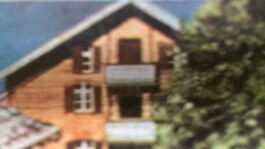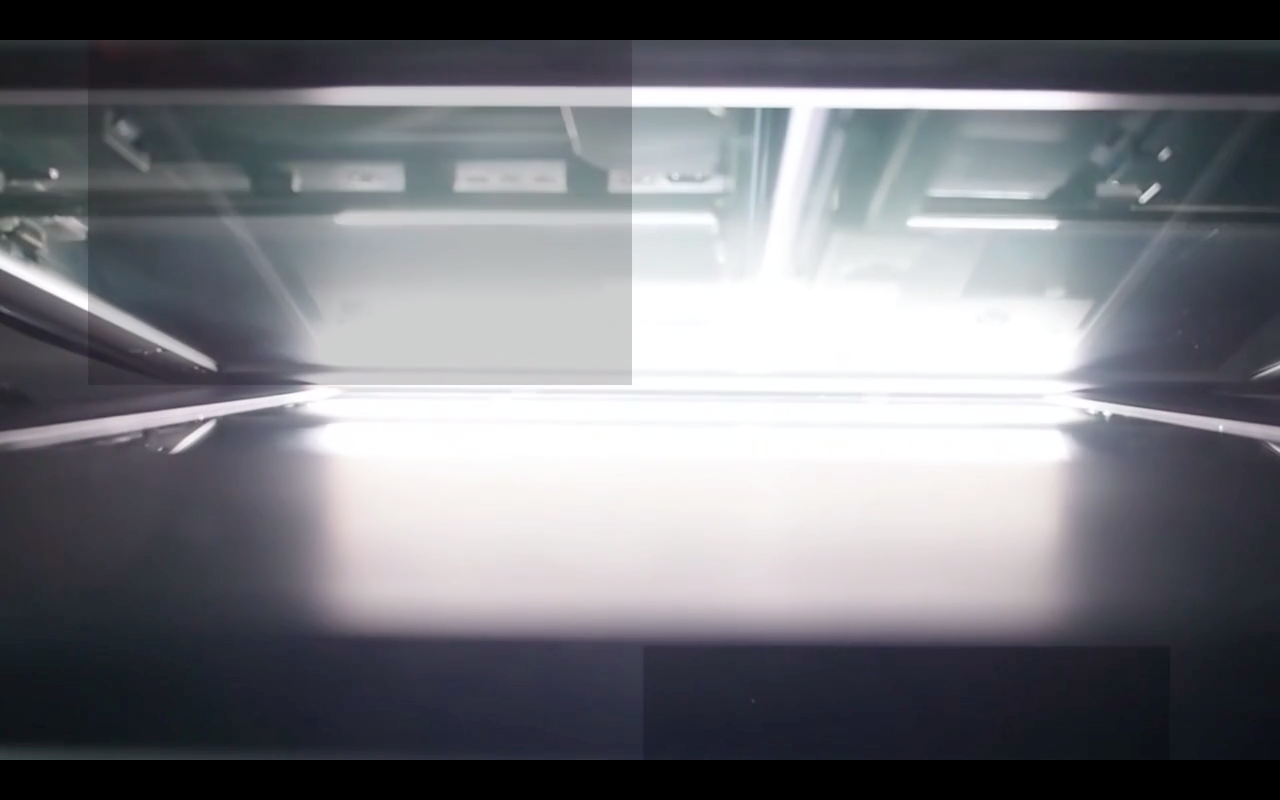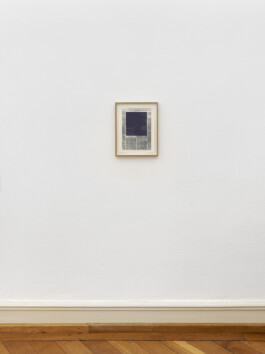
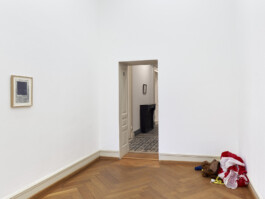
In Wagners Siebdruck So wie ihr ihn glaubt (2013/2019) findet dieser verhohlene Blick, der nie direkt und immer vermittelt ist, seine Gestalt. Darauf ist ein Zeitungsausschnitt zu sehen, der das Portrait eines Mannes zeigt. Seine Augen sind verdeckt. Der Durchschlag einer anderen Abbildung auf der Rückseite wirft einen dunklen Schatten auf die obere Gesichtshälfte, sodass man nicht erkennt, wer er ist. Man weiß auch nicht, wo er hinschaut. Das Gesicht wirkt entstellt, unheimlich. Und dann ist da sein sanftes Lächeln. Mild und einladend. Seit Jahren findet dieser Siebdruck seinen Weg in Wagners Ausstellungen. Ein treuer Wegbegleiter in Form eines blinden Beobachters, dessen Blick sich im eigenen Angesicht verliert.
Text: Johanna Markert
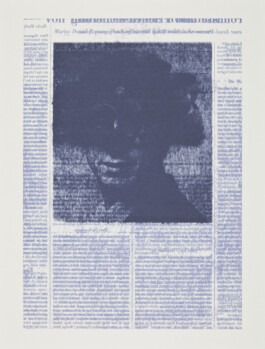


In Wagners Siebdruck So wie ihr ihn glaubt (2013/2019) findet dieser verhohlene Blick, der nie direkt und immer vermittelt ist, seine Gestalt. Darauf ist ein Zeitungsausschnitt zu sehen, der das Portrait eines Mannes zeigt. Seine Augen sind verdeckt. Der Durchschlag einer anderen Abbildung auf der Rückseite wirft einen dunklen Schatten auf die obere Gesichtshälfte, sodass man nicht erkennt, wer er ist. Man weiß auch nicht, wo er hinschaut. Das Gesicht wirkt entstellt, unheimlich. Und dann ist da sein sanftes Lächeln. Mild und einladend. Seit Jahren findet dieser Siebdruck seinen Weg in Wagners Ausstellungen. Ein treuer Wegbegleiter in Form eines blinden Beobachters, dessen Blick sich im eigenen Angesicht verliert.
Text: Johanna Markert
